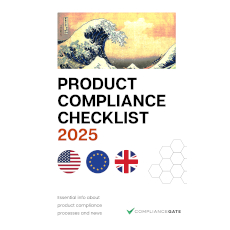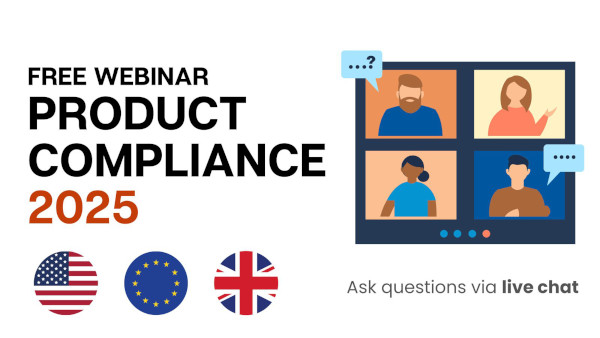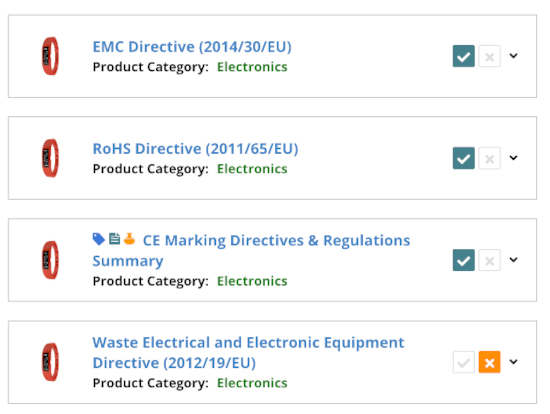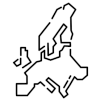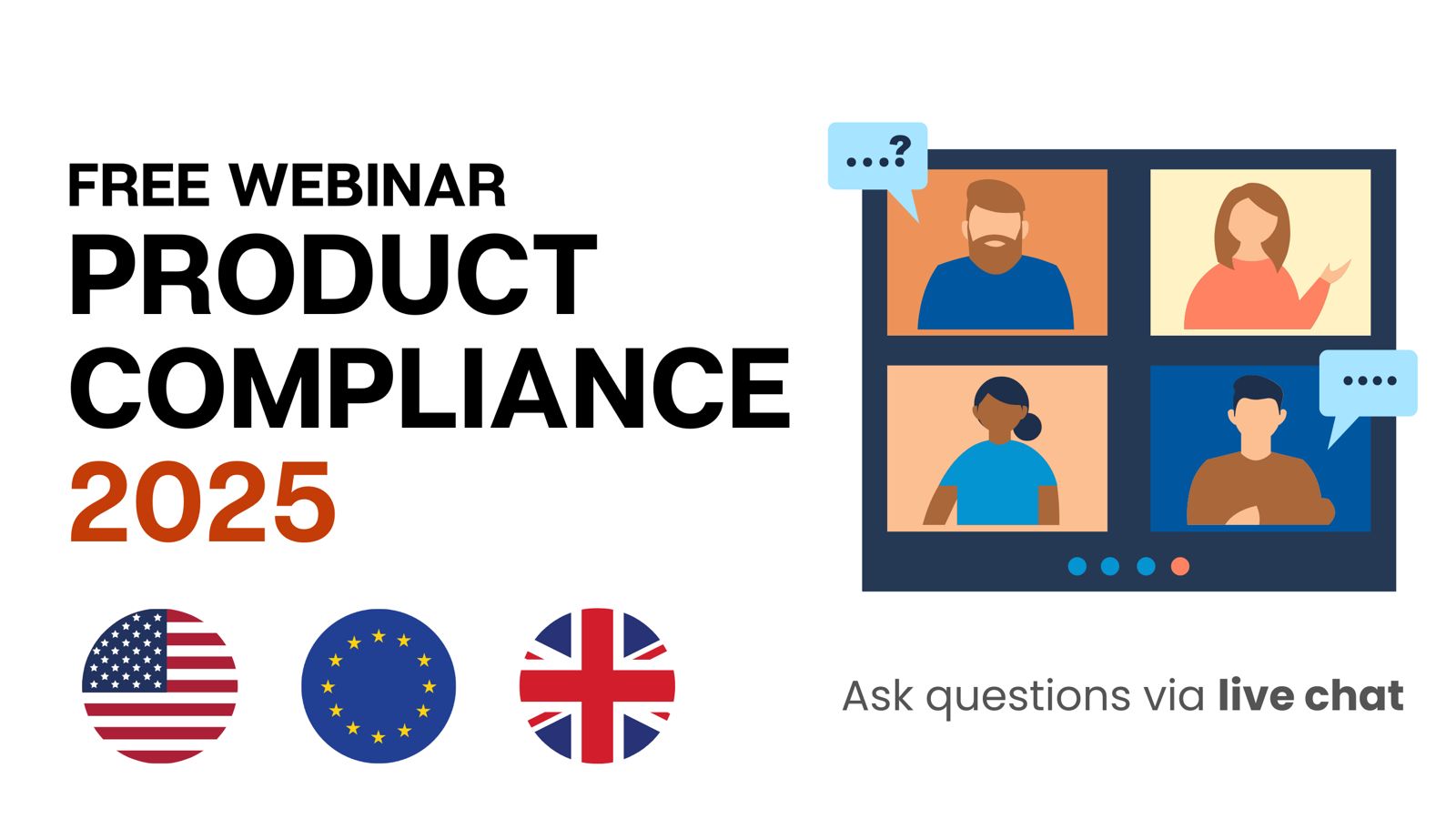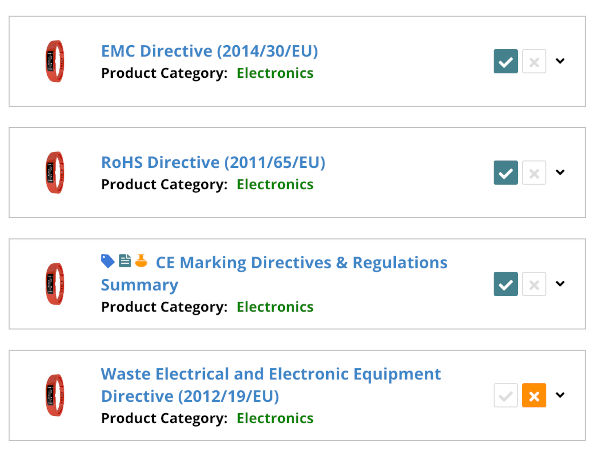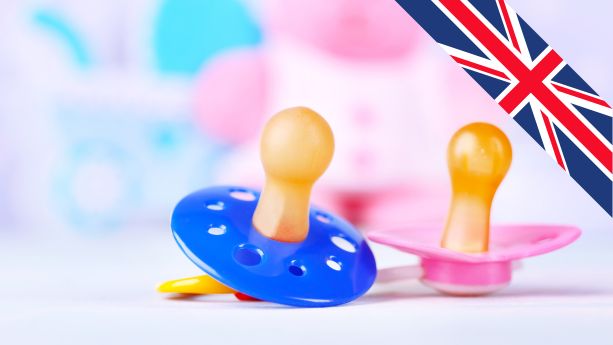
The General Product Safety Regulations 2005 requires that products are safe for use before they are sold to consumers in the United Kingdom. To achieve this, companies must ensure that their products meet certain safety standards and are correctly labelled, documented, and tested.
In this guide, we take a closer look at the General Product Safety Regulations 2005 and how it practically impacts companies selling consumer products in the United Kingdom.
Note that this guide only covers the General Product Safety Regulations 2005 in the UK, which is based on the EU GPSD. This is not to be confused with the more recent EU GPSR from 2024.
Note: This article does not cover requirements for Northern Ireland, which is generally aligned with EU product safety requirements.
Content Overview

FREE CONSULTATION CALL (US, EU & UK)
- Request a free 30-minute call with Ivan Malloci to learn how we can help you with:
- Find product requirements
- Certification and labeling
- Lab testing
What are the General Product Safety Regulations 2005?
These regulations aim at ensuring that products are safe before being sold to UK consumers. They do so by setting obligations for producers, which are defined by the regulations as either:
- The UK manufacturer, which include companies that sell products under their own brand, or
- The importer, where the manufacturer is not based in the UK
Here are the key obligations:
a. Ensuring that products are safe, by testing them against the requirements of relevant standards
b. Ensuring that the product and its packaging contain the required label information and warnings
c. Providing instructions, where necessary
d. Maintain a register of complaints, when needed
Which products are covered by the UK General Product Safety Regulations 2005?
The regulations apply to consumer products in general. Here are some examples of such consumer products for which referenced standards exist:
- Soothers
- Children’s clothing
- Outdoor furniture
- Gymnastic equipment
- Bicycles
- Floating leisure articles
In particular, the regulations cover the safety aspects of products that are not covered by other regulations.
Let’s take as an example gymnastic equipment such as parallel bars, for which no specific safety regulations exist. In this case, the General Product Safety Regulations 2005 act as the “main” safety regulations, as the safety aspect of the product is not addressed by another regulation. In fact, the regulations even reference a specific standard for this product (EN 914).
Conversely, the electrical safety aspects of an AC adapter would be covered by the Electrical Equipment (Safety) Regulations 2016, and the General Product Safety Regulations 2005 would not cover this aspect. However, they may still cover other safety aspects of the adapter (e.g. mechanical aspects).
Which products are exempt?
The regulations do not apply to a second-hand product whose supplier communicates to the recipient (e.g. his customer) either of the following information:
- It requires repairing before being used
- It requires reconditioning before being used
If not, the regulations apply to the product, even if it is a second-hand product.
Additionally, the regulations’ definition of “product” excludes the equipment of service providers used to provide a service to consumers, specifically equipment operated by a service provider on which consumers ride or travel.
Referenced standards
There are referenced standards under the regulations that can be used to assess the safety of certain products. If your product meets the requirements of a referenced standard, it would be considered to meet the safety requirements of the regulations in relation to the risks covered by the standard.
Here are some examples of referenced standards:
EN 1400 – Child use and care articles – Soothers for babies and young children – Safety requirements and test methods
EN 1272 – Child care articles – Table mounted chairs – Safety requirements and test methods
EN 14682 – Safety of children’s clothing – Cords and drawstrings on children’s clothing – Specifications
EN 581-1 – Outdoor furniture – Seating and tables for camping, domestic and contract use – Part 1: General safety requirements
EN 913 – Gymnastic equipment – General safety requirements and test methods
EN 914 – Gymnastic equipment – Parallel bars and combination asymmetric/parallel bars – Requirements and test methods including safety
EN 13120 – Internal blinds – Performance requirements including safety
Other standards
The regulations require all products sold in the UK to be safe, even if there are no referenced standards for the product. In this case, the regulations provide the following documents that must be taken into account when assessing the product’s safety:
a. National standards of the United Kingdom
b. Recommendations of the European Commission setting guidelines on product safety assessment
c. Product safety codes of good practice
d. The state of the art and technology
e. Reasonable consumer expectations regarding safety
Instructions
When assessing whether the product to be sold is safe, the regulations require the producer to provide instructions, if necessary. Here are the different types of instructions mentioned in the regulations that should be considered:
- Instructions for assembly
- Instructions for installation and maintenance
However, note that different types of instructions may also be necessary, according to the product. Standards may also provide guidelines for instructions.
Register of complaints
The regulations require the producer to consider keeping a register of complaints concerning the safety of a product. This would enable the producer to keep track of the risks the product may present and to take action to avoid such risks (e.g. warning the consumer of the risks, or recalls).
For instance, you may need to take action when your customers send you complaints or return the product due to a defect that makes the product unsafe (e.g. a product that has coin batteries that can be easily removed by a child, who may then swallow the battery and choke on it).
Traceability labelling requirements
The regulations require the product to come with the following labelling information for traceability purposes:
- Producer company name
- Producer company address
- Product reference, batch number, or similar information
The regulations require the information to be indicated on the product or its packaging.
Warning requirements
In considering the product’s safety, the regulations require the producer to determine whether they should provide warnings about the potential risks (e.g. choking hazard warnings for children’s products with small parts).
Note that, however, the regulations do not go into details in specific warnings. This would depend on the product. Having said that, many standards provide warning requirements.
Product testing
Out of practical necessity to provide a safe product, the producer should engage a lab testing company to conduct the necessary testing. This could include testing concerning mechanical, electrical, chemical, or other safety aspects, according to the product characteristics.
Normally, the test aims to verify if a product complies with a certain standard.
The test report showing that the product has passed the test can be used to demonstrate the safety of the product.
Lab testing companies
Here are some examples of UK lab testing companies that claim to offer testing against one or more referenced standards:
- FURNITEST
- Eurofins E&E London
- SGS
- Professional Testing & Consulting
What are the differences between the UK GPSR and EU GPSR?
When the UK was part of the EU, it implemented the EU General Product Safety Directive 2001/95/EC (GPSD) as a national regulation, which is the General Product Safety Regulations 2005.
However, the UK regulations should not be “mixed up” with the more recent EU General Product Safety Regulation which has replaced the Directive in the EU.
Although there are similarities between the General Product Safety Regulations 2005 and the EU General Product Safety Regulation, there are also many differences. The table in this section provides an overview of the key differences between the UK GPSR and the EU GPSR.
| Requirements | UK GPSR | EU GPSR | |
| Standards | The UK had a list of referenced standards that used to correspond to the list of harmonised standards under the General Product Safety Directive.
Currently, the UK continues to update this list. Thus, the list is likely to differ from the EU list. |
There is a list of harmonised standards that is updated from time to time.
For example, EN 50689 for laser products is now harmonised in the EU, but not referenced in the UK. |
|
| Documentation requirements |
|
|
|
| Traceability labelling requirements |
|
|
|
| Other labelling requirements |
|
|
|
| Responsible person requirements | Not mentioned | Every product must have a responsible person assigned to it who is established in the EU. | |
| Product recall requirements | The regulations contain product recall requirements. The UK has its own portal for recalls. | The regulation contains product recall requirements. The EU has its own portal called Safety Gate for product recalls. | |
| Distance sale requirements | We could not find any specific requirements. | For online sales or other means of distance sales, certain information about the product, the manufacturer and the responsible person needs to be made available online. | |
| Online marketplace requirements | We could not find any specific requirements. | The regulation sets requirements for online marketplaces, that is websites that allow traders to sell products to consumers (like Amazon and Etsy). | |
One additional difference between the General Product Safety Regulations 2005 and the EU General Product Safety Regulation is that the terms used are different (e.g. producer vs manufacturer). This is because the UK’s version is based on the EU General Product Safety Directive which was created two decades ago.
Note: Contains public sector information licensed under the Open Government Licence v3.0.

